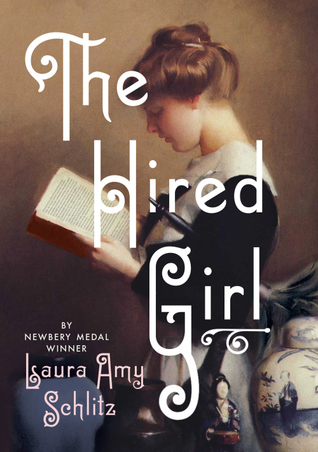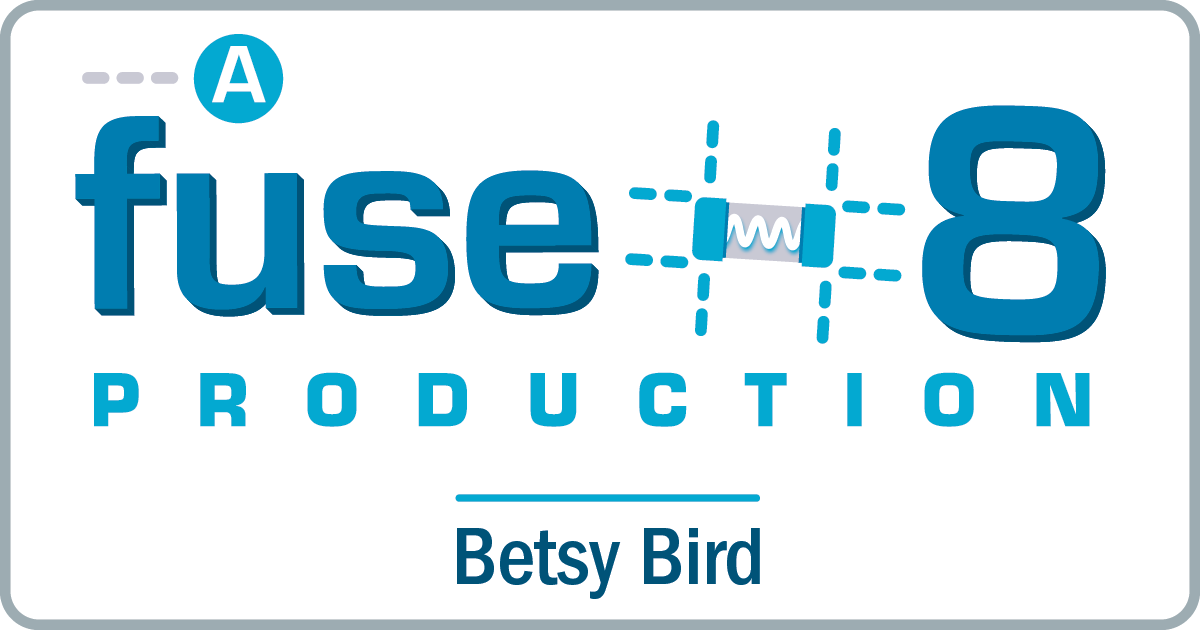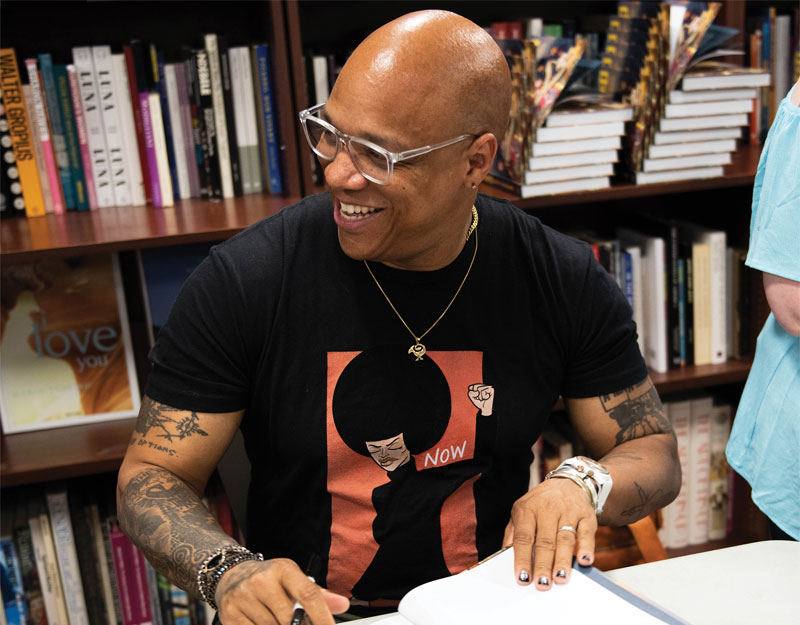Review of the Day: The Hired Girl by Laura Amy Schlitz
 The Hired Girl
The Hired Girl
By Laura Amy Schlitz
Candlewick Press
$17.99
ISBN: 978-0763678180
Ages 12 and up
Bildungsroman. Definition: “A novel dealing with one person’s formative years or spiritual education.” A certain strain of English major quivers at the very term. Get enough Portrait of the Artist as a Young Man shoved down your gullet and you’d be quivering too. I don’t run across such books very often since I specialize primarily in books for children between the ages of 0-12. For them, the term doesn’t really apply. After all, books for kids are often about the formation of the self as it applies to other people. Harry finds his Hogwarts and Wilbur his spider. Books for teenagers are far better suited to the Bildungsroman format since they explore that transition from child to adult. Yet when you sit right down and think about it, the transition from childhood to teenagerhood is just as fraught. There is a beauty to that age, but it’s enormously hard to write. Only a few authors have ever attempted it and come out winners on the other side. Laura Amy Schlitz is one of the few. Writing a book that could only be written by her, published by the only publisher who would take a chance at it (Candlewick), Schlitz’s latest is pure pleasure on the page. A book for the child that comes up to you and says, “I’ve read Anne of Green Gables and Little Women. What’s new that’s like that?”
The last straw was the burning of her books. Probably. Even if Joan’s father hadn’t set her favorite stories to blazes, it’s possible that she would have run away eventually. What we do know is that after breaking her back working for a father who wouldn’t even let her attend school or speak to her old teacher, 14-year-old Joan Skraggs has had enough. She has the money her mother gave her before she died, hidden away, and a dream in mind. Perhaps if she runs away to Baltimore she might be able to find work as a hired girl. It wouldn’t be too different from what she’s done at home (and it could be considerably less filthy). Bad luck turns to good when Joan’s inability to find a boarding house lands her instead in the household of the Rosenbach family. They’re well-to-do Jewish members of the community and Joan has no experience with Jewish people. Nonetheless she is willing to learn, and learn she does! But when she takes her romantic nature a bit too far with the family, she’ll find her savior in the most unexpected of places.
ADVERTISEMENT
ADVERTISEMENT
I mentioned Anne of Green Gables in my opening paragraph, but I want to assure you that I don’t do so lightly. One does not bandy about Montgomery’s magnum opus. To explain precisely why I referenced it, however, I need to talk a little bit about a certain type of romantically inclined girl. She’s the kind that gets most of her knowledge of other people through books. She is by turns adorable and insufferable. Now, the insufferable part is easy to write. We are, by nature, inclined to dislike girls in their early teens that play a kind of mental dress-up that’s cute on kids and unnerving on adolescents. However, this character can be written and written well. Jo in Little Women comes through the age unscathed. Anne from Anne of Green Gables traipses awfully close to the awful side, but manages to charm the reader in the process (no mean feat). The “Girl” from the musical The Fantastiks would fit in this category as well. And finally, there is Joan in The Hired Girl. She vacillates wildly between successfully playing the part of a young woman and then going back to the younger side of adolescence. She pouts over not getting a kitten, for crying out loud. Adults reading this book will have a vastly different experience than kids and teens, then. To a grown-up (particularly a grown-up woman) Joan is almost painfully familiar. We remember the age of fourteen and what that felt like. That yearning for love and adventure. That yearning can be useful to you, but it can also make you bloody insufferable. As such, adults are going to be inclined to forgive Joan very easily. I can only hope that her personality allows younger readers to do the same.
My husband used to write and direct short historical films. They were labor intensive affairs where every car, house, and pot holder had to be accurate and of the period. It would have been vastly easier to just write and direct contemporary fare, but where’s the fun in that? I think of those days often when I read works of historical fiction. Labor intensive doesn’t even begin to explain what goes into an accurate look at history. Ms. Schlitz appears to be unaware of this, however, since not only has she written something set in the past, she throws the extra added difficulty of discussing religion into it as well. Working in a Jewish household at the turn of the century, Joan must come to grips with all kinds of concepts and ideas that she has hitherto been ignorant of. For this to work, the author tries something very tricky indeed. She makes certain that her heroine has grown up on a farm where her sole concept of Jewish people is from “Ivanhoe”, so that she is as innocent as a newborn babe. She isn’t refraining from anti-Semitism because she’s an apocryphal character. She’s just incapable of it due to her upbringing, and that’s a hard element to pull off. Had Ms. Schlitz pushed the early portion of this book any further, she would have possibly disinterested her potential readership right from the start. I have heard a reader say that the opening sequence with Joan’s family is too long, but I personally believe these sections where she wanders blindly in and out of various situations could not have worked if that section had been any shorter.
But as I say, historical fiction can be the devil to get right. Apocryphal elements have a way of seeping into the storyline. Your dialogue has to be believably from the time and yet not so stilted it turns off the reader. In this, Laura Amy Schlitz is master. This book feels very early 20th century. You wouldn’t blink an eye to learn it was fifty or one hundred years old (though its honest treatment of Jewish people is probably the giveaway that it’s contemporary). The language feels distinctive but it doesn’t push the young reader away. Indeed, you’re invited into Joan’s world right from the start. I also enjoyed very much her Catholicism. Characters that practice religion on a regular basis are so rare in contemporary books for kids these days.
As I mentioned, adults will read this book differently than the young readership for whom it is intended. I do think that if I were fourteen myself, this would be the kind of book I’d take to. By the same token, as an adult the theme that jumped out at me the most was that of motherhood. Joan’s mother died years before but she has a very palpable sense of her. Her memories are sharp and through her eyes we see the true tragedy of her mother’s life. How she wed a violent, hateful man because she felt she had no other choice. How she wasn’t cut out for the farm’s hard labor and essentially worked herself to death. How she saw her daughter’s future and found the means to save her (and by golly it works!). All the more reason to have your heart go out to Joan when she tries, time and again, to turn Mrs. Rosenbach into a substitute mother figure. It’s a role that Mrs. Rosenbach does NOT fit into in the least, but that doesn’t stop Joan from extended what is clearly teenaged rebellion onto a woman who isn’t her mother but her employer. Indeed, it’s Mrs. Rosenbach who later says, “I felt her wanting a mother.”
Is it a book for a certain kind of reader? Who am I to say? It’s a book I’d hand to a young me, so I don’t think I can necessarily judge who else would enjoy it. It’s beautiful and original and old and classic. It makes you feel good when you read it. It’s thick but it flies by. Because of the current state of publishing today books are either categorized as for children or for teens. The Hired Girl isn’t really for either. It’s for those kids poised between the two ages, desperate to be older but with bits of pieces of themselves stuck fast to their younger selves. A middle school novel of a time before there were middle schools. Beautifully written, wholly original, one-of-a-kind. Unlike anything you’ve read that’s been published in the last fifty years at least, and that is the highest kind of praise I can give.
On shelves now.
Professional Reviews:
- A star from Kirkus
- A star from Publisher’s Weekly
- A star from Booklist
- Bulletin of the Center for Children’s Books
Interviews: Laura speaks with SLJ about the book.
Videos:
More discussions of the book and where it came from!
Filed under: Best Books, Best Books of 2015, Reviews, Reviews 2015
About Betsy Bird
Betsy Bird is currently the Collection Development Manager of the Evanston Public Library system and a former Materials Specialist for New York Public Library. She has served on Newbery, written for Horn Book, and has done other lovely little things that she'd love to tell you about but that she's sure you'd find more interesting to hear of in person. Her opinions are her own and do not reflect those of EPL, SLJ, or any of the other acronyms you might be able to name. Follow her on Twitter: @fuseeight.
ADVERTISEMENT
ADVERTISEMENT
SLJ Blog Network
One Star Review, Guess Who? (#202)
Exclusive: Giant Magical Otters Invade New Hex Vet Graphic Novel | News
Parsing Religion in Public Schools
Take Five: LGBTQIA+ Middle Grade Novels
ADVERTISEMENT








Thank you, Betsy, for this book recommendation. You’ve sold me! I am going to consider it for my YA lit class in the spring.
Oh do! It would be so nice for them. A good change of pace from the supernatural fare.
I also love how religion is portrayed as central to Joan’s life. Another book that does this is I Kill The Mockingbird.
Hm. May be worthy of a post in and of itself. I’d forgotten Acampora’s book, but you’re completely right.
I loved this book. Loved the writing, the characterizations, the realistic view of religion, the history, the everything. I think I would have loved it very much indeed when I was fourteen. I won’t compare it to Anne of Green Gables, however; I think it finds its equal in Emily of New Moon.
I noticed Kirkus actually paired it with your book, probably since both titles are about 2015 historical novels of girls escaping horrendous family situations. The Emily of New Moon comparison is VERY interesting to me. I actually eschewed my usual readalike portion at the end, if only because I couldn’t think of anything written recently to truly compare it to.
That’s cool!
My colleague and I had a very similar, yet abbreviated version of your review as our takeaway from this brilliant book. How courageous to write of faith in such an engaging way. It’s a journal of a year in a young woman’s life and Schlitz’s inspiration was one of her own grandmother’s journals. The journal format affords an insight into the awareness of this young woman that is completely captivating. Yes, the book burning was the last straw, and, there are many women of an age who saw through their mother’s own lives, warnings about the realities of lives of women, who then endeavor to blaze a more self-satisfying trail.
The Hired Girl is one of the best books I’ve ever read and now it’s one of my favorite books. I suggest this book to many readers.
Just finished it last night. I loved Splendors and Glooms and didn’t think I could love this book as much, but I did love it, in a different way. It made me think about parents, and siblings, and what life would be like without them…which is a sad thing to think about, but also affirming.
Good morning, Betsy,
I didn’t see this thread till just now and am popping in to ask if you (or other readers) noticed the passage about Indians who are, Joan says, civilized?
If not, here’s my post about it:
http://americanindiansinchildrensliterature.blogspot.com/2015/10/the-hired-girl-by-laura-amy-schlitz.html
Debbie
Yes indeed, I saw your post on the topic. If you read the book you’ll find it’s not the only time Joan makes reference to American Indians. Actually, when I read it I was surprised that you chose the passage you did. I would have banked on you highlighting a later mention.
I highly suggest reading the book. When you do so you find that Joan has grown up in abject poverty with a biased horrible father. She doesn’t even know what Jews are, so I found it actually a bit out of character for her not to reference WORSE stereotypes. Naturally I don’t want her to be racist, but considering where she lives, who has raised her, and her references (which would have been books written by Europeans about “savages”) I can’t imagine how you could write her character otherwise. That begs the question of whether it was even necessary to mention American Indians at all. THAT is where I’d frame this particular debate. But her prejudices? Entirely accurate for who she is and, I honestly think, it is obvious to young readers that she is wrong about many many things. This is just one of them.